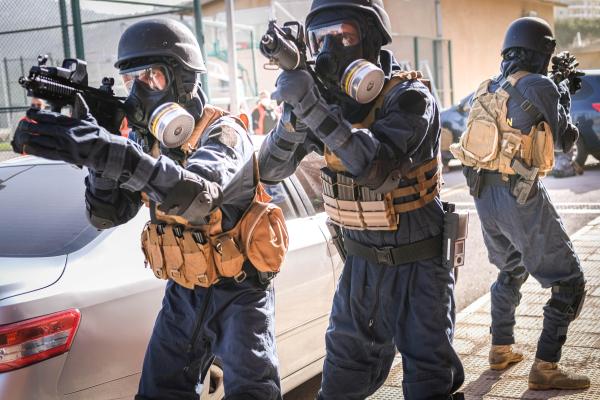CBRN Counterterrorism: Strategies for Prevention, Detection, and Response

About Course
In a world increasingly threatened by unconventional warfare, the menace of Chemical, Biological, Radiological, and Nuclear (CBRN) terrorism has emerged as a complex challenge to national and global security. This course offers an immersive and comprehensive exploration into CBRN counterterrorism—where science, strategy, and policy intersect. From nerve agents and viral pathogens to dirty bombs and nuclear threats, students will uncover the mechanisms behind these weapons and how experts around the world work to detect, prevent, and respond to them effectively.
Whether you’re aspiring to work in homeland security, emergency response, public health, or international policy, this course will equip you with vital knowledge and tools. You’ll analyze real-world case studies, examine the effectiveness of PPE and detection technologies, and gain insight into inter-agency coordination and global treaties. By the end, you’ll understand the full spectrum of CBRN threats and the strategic responses that protect lives and maintain public trust.
Course Content
Introduction
Explanation of CBRN
00:00Overview of CBRN terrorism
00:00Importance of counterterrorism measures
00:00